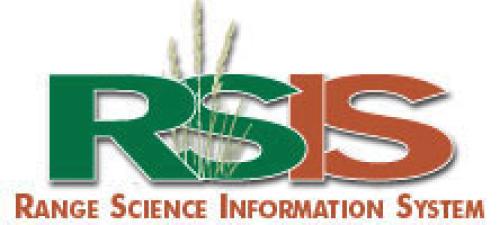Jourdonnais and Bedunah applied prescribed fire and fall cattle-grazing treatments, during fall 1983 and spring 1984, on a rough fescue (Festuca scabrella) community to reduce litter accumulations and increase elk use. Burn and cattle-grazing treatments reduced rough fescue standing crop, the preferred winter elk forage, during the initial growing season. By the second growing season, the rough fescue standing crop was similar to the control in all treatments. The cattle-grazing treatment maintained more down litter accumulations than the burn treatments. Total forb, total shrub, and graminoid standing crops were similar for all treatments in the second and third growing seasons after treatment. Elk use of the study area was limited to late fall, winter, and early spring and was greater in the burn and cattle-grazed treatments compared with the control. Idaho fescue (Festuca idahoensis) received significant use by elk only after rough fescue was heavily utilized. Few differences were found in botanical biomass or elk use among the different seasons of burn and types of burn. However, when burning is a management option to improve forage use of grasslands with large amounts of accumulated litter, the authors believe that implementing fires during years of normal to above-normal precipitation is desirable. For these foothill rough fescue grasslands, a spring burn is suggested.

Citations and enhanced abstracts for journals articles and documents focused on rangeland ecology and management. RSIS is a collaboration between Montana State University, University of Idaho, and University of Wyoming.